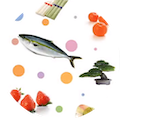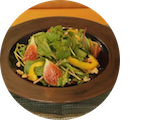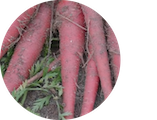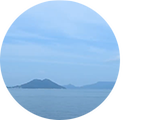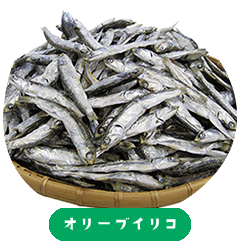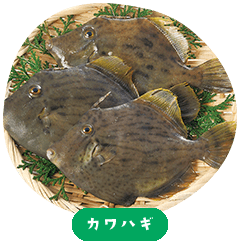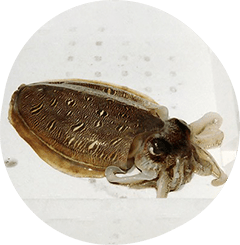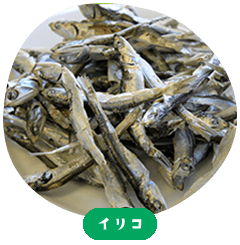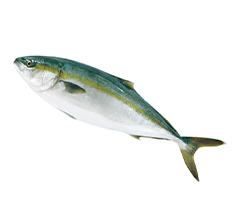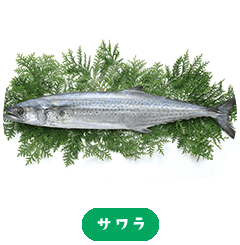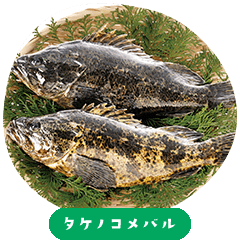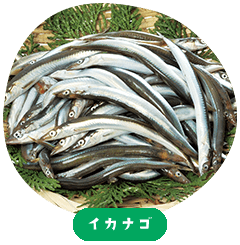olive salmon
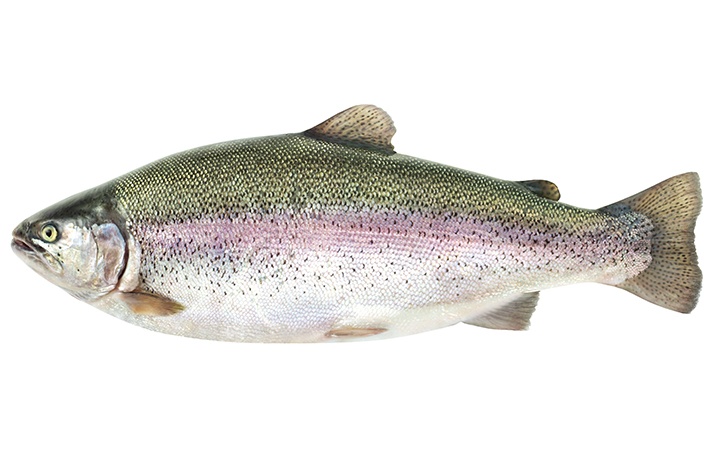
Olive salmon is salmon trout (sea-farmed rainbow trout) that is farmed for a certain period of time in the sea of Kagawa Prefecture using feed supplemented with olive leaf powder. The low water temperatures of the Seto Inland Sea from winter to spring are suitable for the growth of salmon trout, so fry of about 12 cm are placed in net pens in December and raised for about five months. Fresh fish is shipped for a limited time from early April to mid-May every year, but frozen fish is available year-round. Salmon farming began in Kagawa Prefecture in the winter of 30, when salmon farms along the Tohoku coast were hit hard by the Great East Japan Earthquake, and young fish producers in inland areas were having trouble shipping their young. It all started when people in the prefecture's fishing industry learned about the project and purchased young fish to help support the disaster-stricken areas. Initially, they were fed feed with herbs added to them and shipped as ``Sanuki Salmon,'' but in order to differentiate them from local salmon from other prefectures due to the unique characteristics of Kagawa Prefecture, they started feeding them with olive leaf powder added to their feed. From April 5, the name has been changed to "Olive Salmon" and new sales have started.
- Seasonal season
- Time to go around Peak season (seasonal season)
-
1 2 3 4 5 6 7 8 9 10 11 12
- Main production area
- Sanuki City, Kamosho, Higashikagawa City, Hikita, Sakaide City, Naoshima
-
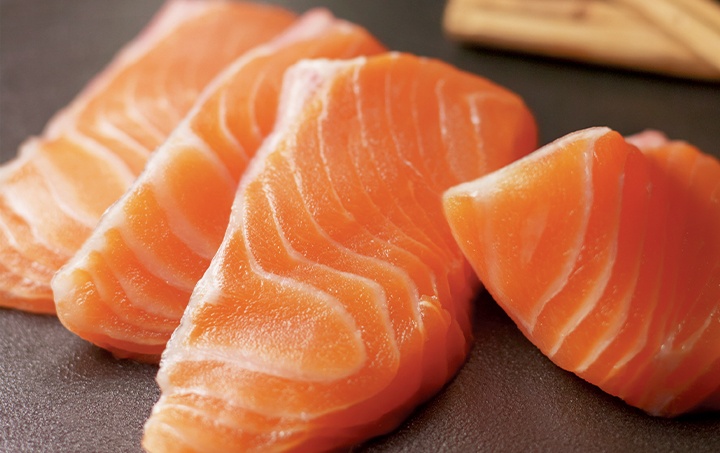
Olive salmon is raised in a healthy manner using a special feed containing olive leaf powder. Also, unlike imported salmon, which takes several days from shipment to consumption, the salmon is tied up and shipped immediately after being caught, allowing it to be delivered to consumers in a short period of time and at a high level of freshness. Frozen products are available year-round, so you can enjoy them anytime. Due to the effect of olive leaves, it has just the right amount of fat, giving it a refreshing taste and crisp texture. The red color is very bright, and it is recommended to eat it raw, such as in sashimi and carpaccio.
Prefectural products company
-
Aki Fisheries Co., Ltd.
(Sale of processed marine products)
1402-23 Tsuda, Tsuda Town, Sanuki City, Kagawa Prefecture
TEL.0879-42-3037 Fax.0879-42-2595
















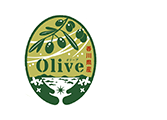 Olive products from Kagawa Prefecture
Olive products from Kagawa Prefecture



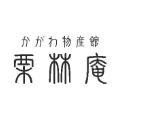
 Stores handling olive-related products
Stores handling olive-related products

